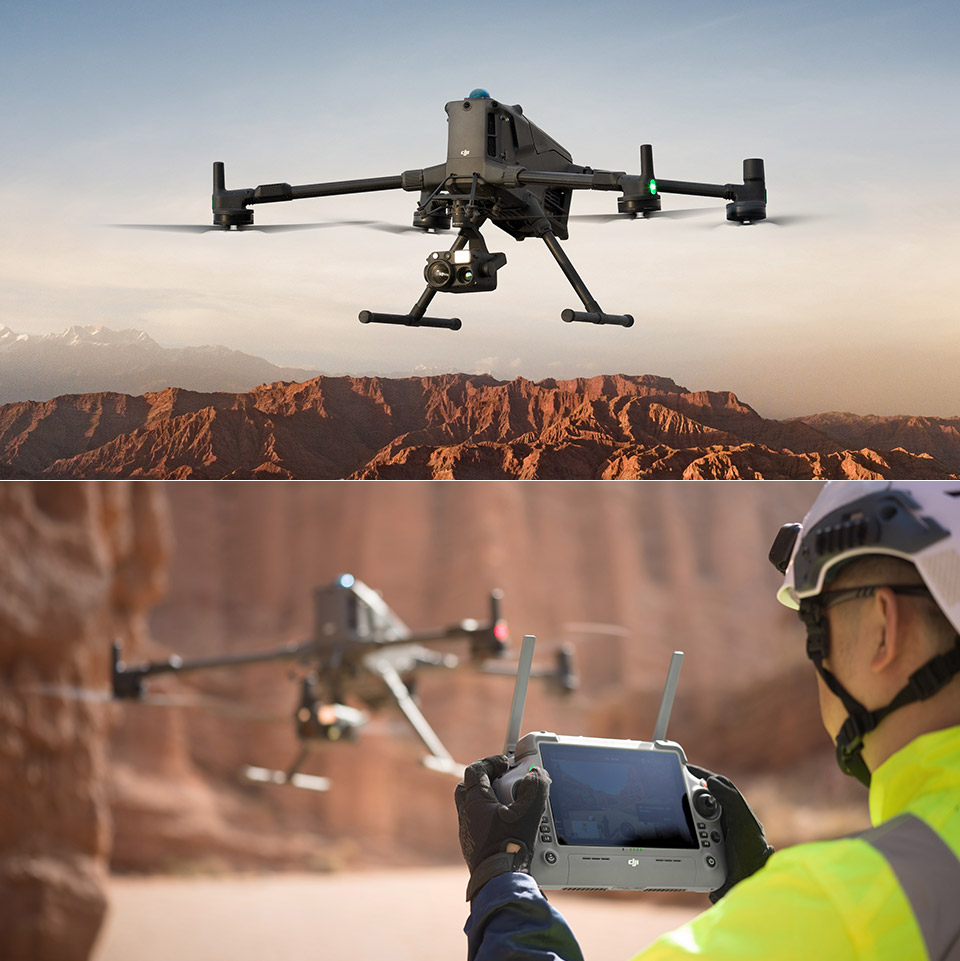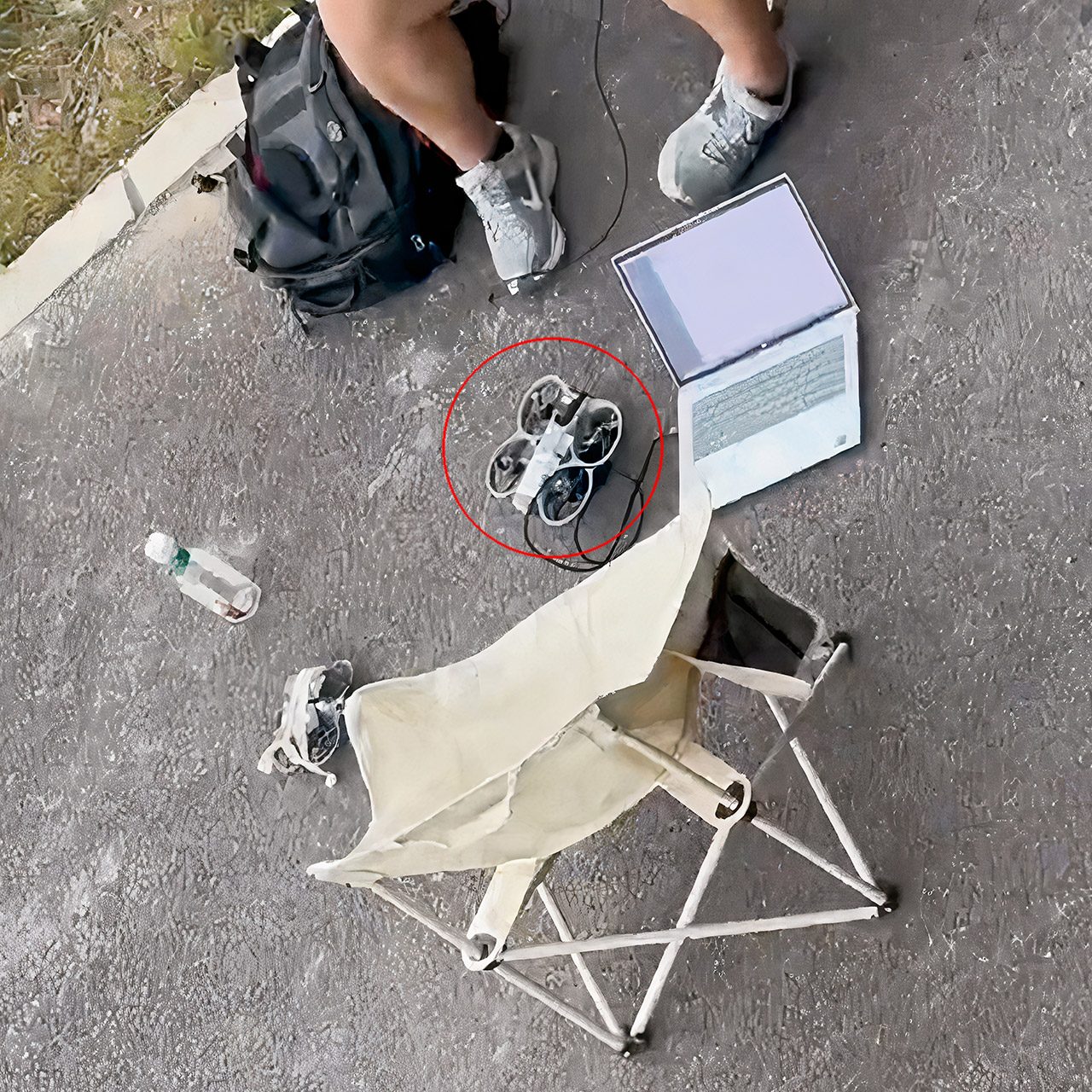
Mount Everest, the world’s highest peak, has always been a grueling test of human grit, where climbers push their bodies against thin air and punishing conditions. Now, DJI, the king of consumer drones, has dropped a jaw-dropping video of the Mavic 4 Pro drone soaring in one unbroken shot from the North Col Glacier at 6,500 meters to 8,800 meters, just a stone’s throw from Everest’s summit.

A tiny marvel, barely bigger than a fingernail, has buzzed out of China’s National University of Defense Technology (NUDT) in Hunan. Showcased on CCTV 7, China’s military channel, this mosquito-sized drone is an engineering stunner, blending biology and robotics into a near-invisible spy tool. At just 0.6 to 2 centimeters long and a featherlight 0.3 grams, it’s built to slip through cracks, cling to walls, and eavesdrop in ways bigger drones can’t.

DJI’s FlyCart 100 (FC100) has landed in China, and it’s a beast that’s rewriting the rules of heavy-duty drone logistics. Built to haul massive loads through brutal conditions, this drone is a game-changer for everything from emergency rescues to construction sites. With an 80kg payload, 9-minute fast charging, and a killer sensor lineup, the FC100 is DJI’s boldest move yet into big-league aerial transport.

A robot that rolls like a wheel and zips through the air like a drone might sound wild, but the team at the Singapore University of Technology and Design (SUTD) pulled it off. Say hello to ATOM, the Aerial Transforming Omnidirectional Mechanism—a light-as-a-feather hybrid that flips between ground and sky with just two moving parts.

The HOVERAir X1 selfie drone is great for capturing aerial shots when on vacation, and you can get one for $298.99 shipped, originally $399. Weighing just 125 grams—lighter than most smartphones—and folding down to the size of a small notebook, it slips into a jacket pocket or backpack with ease. Product page.

Photo credit: Ioannis Mandralis/Communications Engineering
A drone slicing through the sky is something you don’t see everyday, much less one weaving past obstacles with finesse, only to—bam!—twist its body mid-flight, tuck in its legs, and morph into a wheeled rover, rumbling smoothly over rocky ground. That’s ATMO, a jaw-dropping robot from Caltech’s Center for Autonomous Systems and Technologies (CAST), dubbed the Aerially Transforming Morphobot, redefining robotics by blending aerial grace with rugged terrestrial grit.

Photo credit: DJI
Mid-May 2025 on Pensacola Beach, Florida, was deceptively calm—golden sunlight, gentle waves, and a hidden menace: a rip current. Andrew Smith, a shark fisherman sidelined from swimming by a seizure disorder, arrived at Fort Pickens Beach, nudged by a friend. Ten minutes later, chaos erupted. A teenage girl, trapped 100 yards offshore, battled the current’s relentless pull. Smith, unable to dive in, turned to his SwellPro Fisherman Max drone, typically used for scouting sharks. What followed was a heart-pounding rescue that turned a fishing tool into a lifeline.













